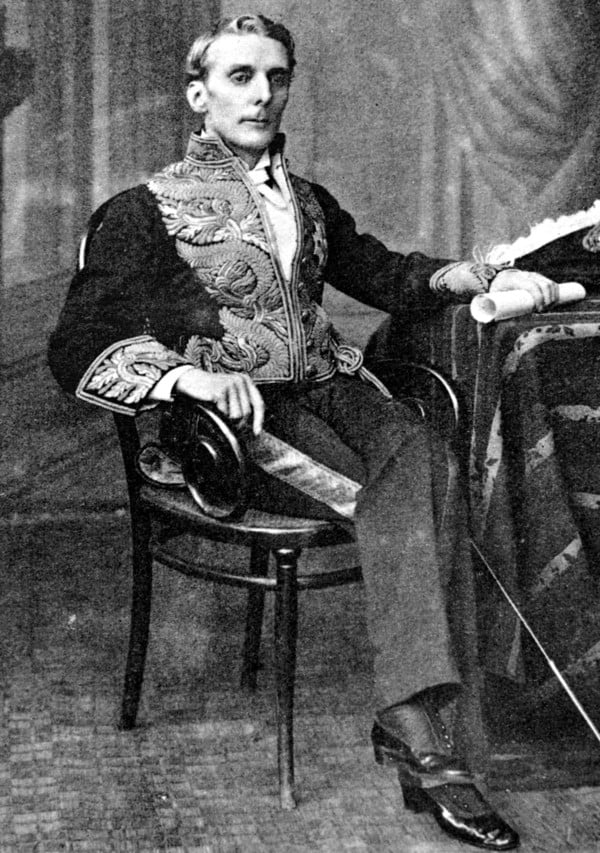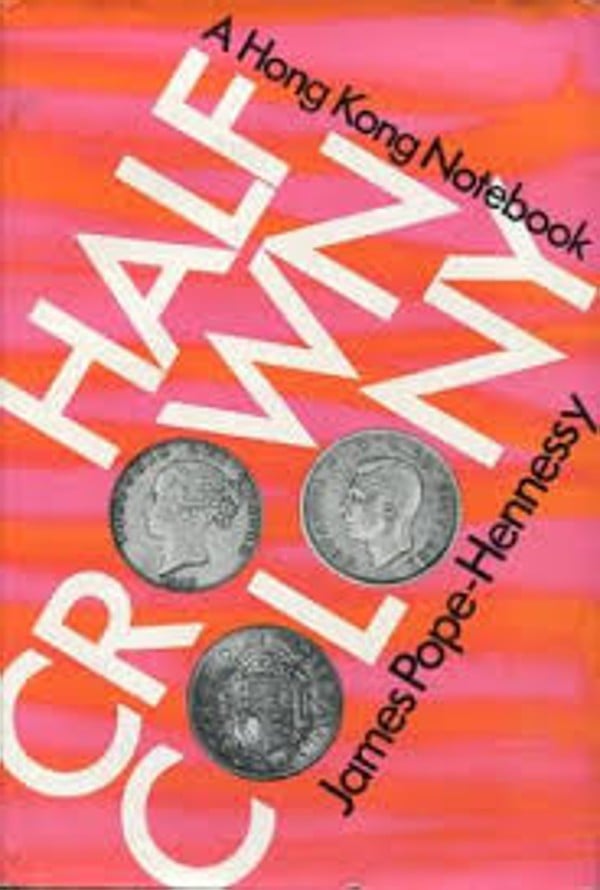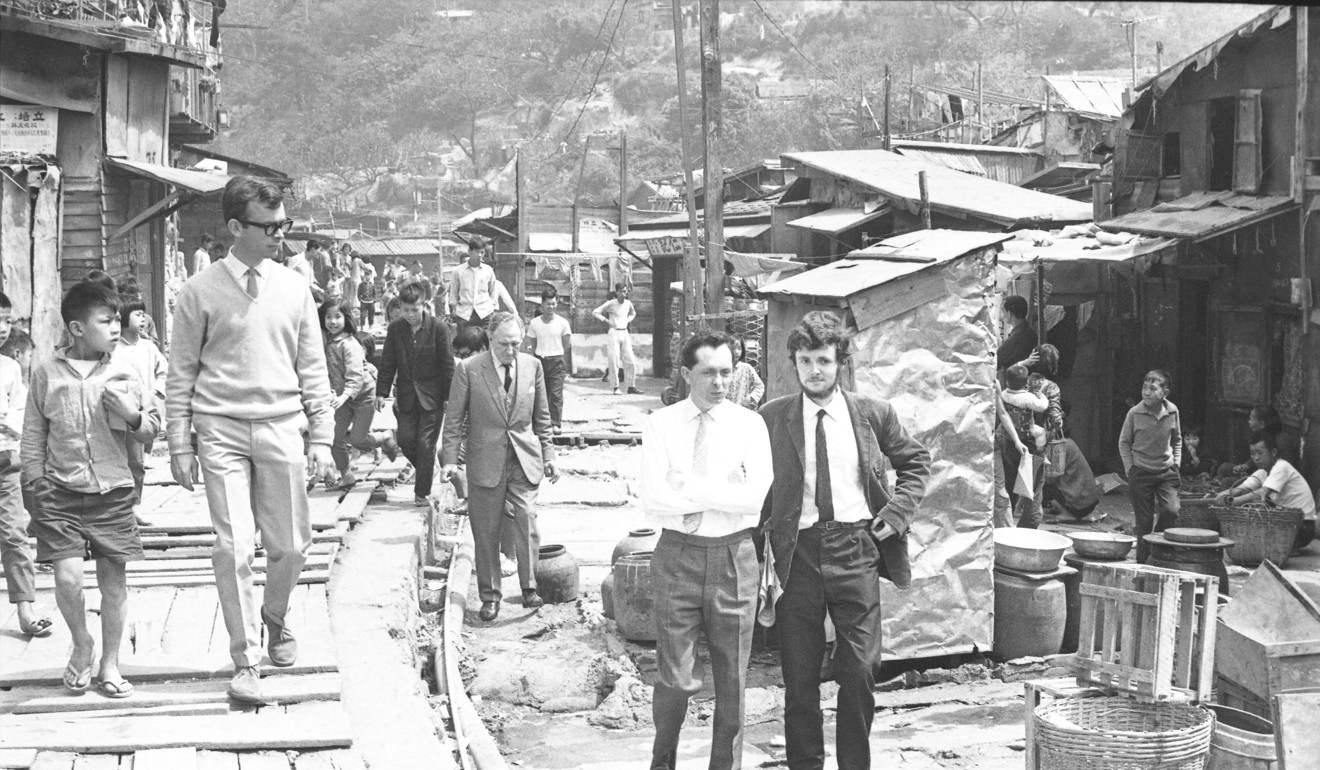
Queen Mary biographer James Pope-Hennessy had some harsh words for Hong Kong after 1960s visit
- Best known for his biography of Queen Mary, the 20th-century Anglo-Irish writer didn’t mince his words after a brief stay in the city
- ‘This Crown Colony, so oddly reputed sensual and exotic, in actual fact so harsh and so banal,’ he wrote of Hong Kong
Many minor literary figures, having passed through colonial Hong Kong, mined their experiences and observations in the territory for professional purposes. The resulting works usually originated from articles pre-commissioned by (mostly British) mainstream newspaper or magazine titles.
After a rewriting, these features were often syndicated in North America, Australasia and elsewhere and eventually expanded into a book. Such rehashes typically combined travelogue and personal observation mixed – depending on the interests and expertise of the author – with political, social, historical and economic reportage.

One such writer, who spent a few months in Hong Kong in 1967-68 and later wrote about the place and its people, was Anglo-Irish author James Pope-Hennessy.
The grandson of controversial 19th-century Hong Kong governor Sir John Pope Hennessy, who served here from 1877 to 1881, his Verandah (1964) researched his forebear’s gubernatorial experiences from the Bahamas, Mauritius and Labuan to Barbados, Sierra Leone, the Gold Coast and Hong Kong.
James Pope-Hennessy had served as a private secretary to the governor of Trinidad, a sojourn that produced West Indian Summer (1943), a beguiling anthology of Western observations of the Caribbean.

Pope-Hennessy remains best remembered for Queen Mary (1959). The first of a now-widespread genre of biographical works about the British royal family, this volume departed sharply from the hitherto usual hagiographical approach and contained enough insider detail (based on extensive, wide-ranging interviews with figures close to his subject) to be generally accepted as a believable portrait of a major public figure. It sold well and established Pope-Hennessey’s reputation as a writer of considerable promise.
Half-Crown Colony: A Hong Kong Notebook (1969) was his scathing account of the city’s history and society, and drew partially on an earlier research trip for Verandah.
“I have often wondered while writing this book, what fundamentally affronts me about this Crown Colony, so oddly reputed sensual and exotic, in actual fact so harsh and so banal?” he wondered, and eventually concluded that “Hong Kong, like many of its own products, is a commercial artifact, and bears the indelible and vulgar hallmark imposed on the East by the West.”

The late 1960s were a heyday for unflattering local reportage, as the colony’s very existence seemed contrary to the prevailing spirit of the age, with national determination, independence movements and other social revolutions taking precedence elsewhere in the world.
In particular, blimpish racial attitudes, social contradictions and obvious administrative anachronisms remained widespread, palpable and easy to criticise across Hong Kong society, as they did for decades afterwards. Hong Kong’s most obvious contradictions, staggering wealth and equally awful poverty and squalor existing side by side, and gleaming modernity in contrast with dusty tradition – still in evidence half a century later – were a sitting target for an observant author with time on his hands and nothing much to lose.
What authors from Kipling to Hemingway and Auden made of Hong Kong, good and bad
“Jamesey,” as Pope-Hennessy was known, had a distinctive personality and extraordinary good looks in his youth – vividly described in the diaries and memoirs of friends, mentors and occasional sexual partners, such as architectural historian James Lees-Milne and diplomat Harold Nicolson.
The latter aspect partially resulted from racially mixed ancestry; his grandmother and Sir John’s wife, Catherine Elizabeth Low, was the part-Malay daughter of Sir Hugh Low, the early Malayan administrator and naturalist, who was the first documented European climber of Sabah’s Mount Kinabalu; Low’s Peak and Low’s Gully on the mountain were named for him.
A heavy drinker with a marked preference for “rough trade”-style sexual encounters, Pope-Hennessy was murdered in his London home, in 1974.

